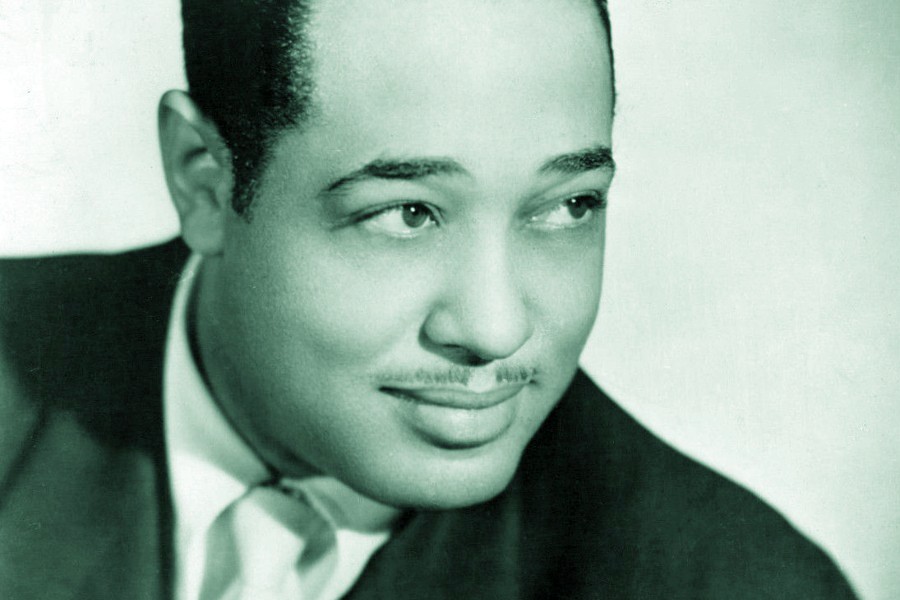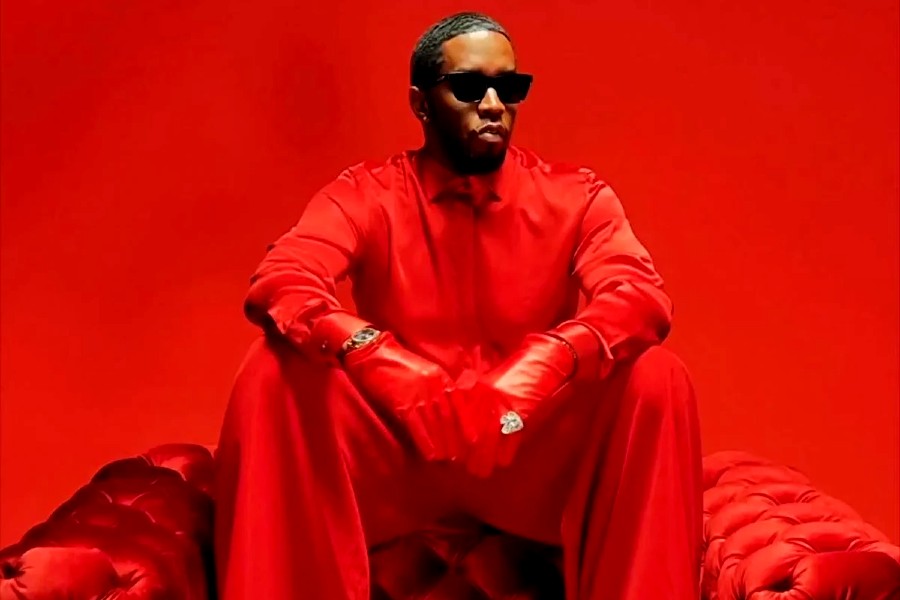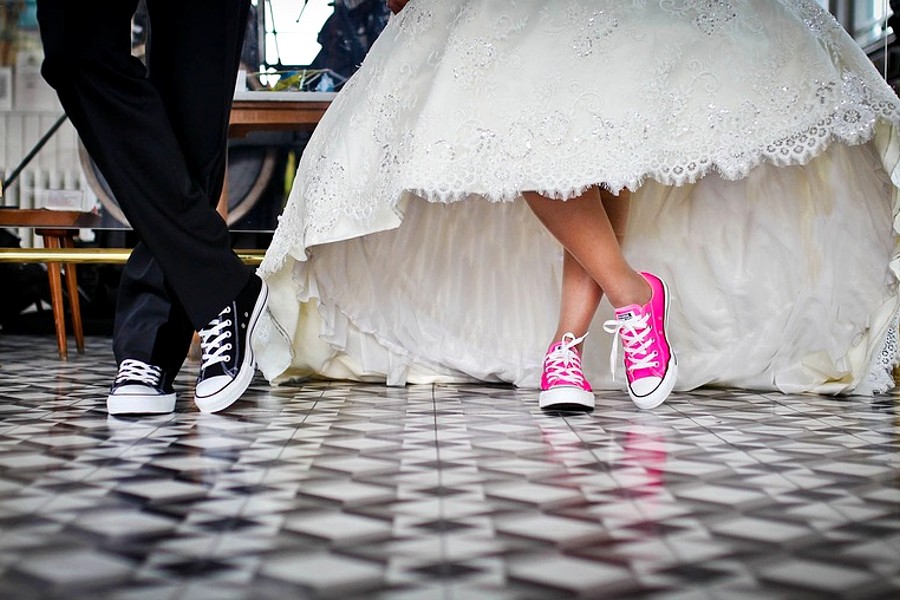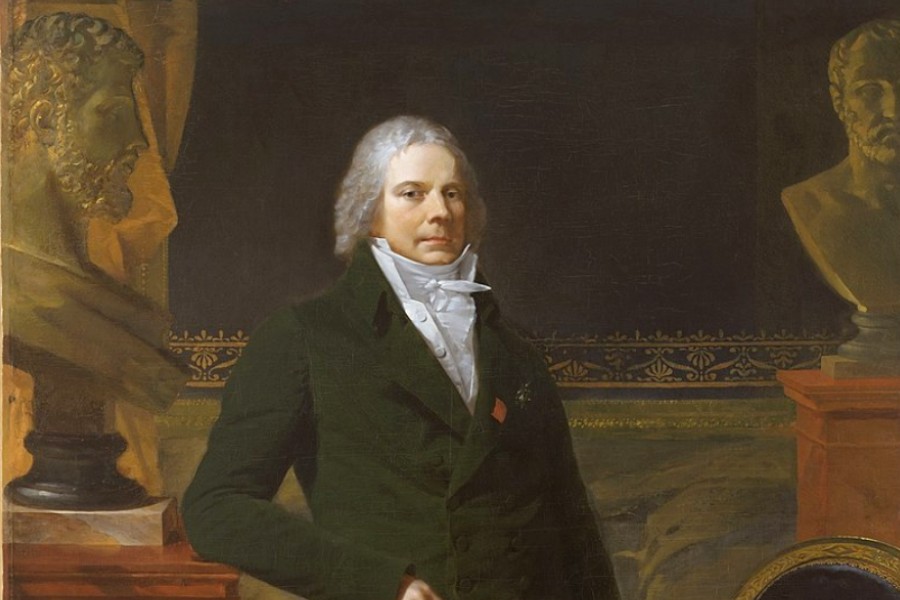
Duke Ellington‘s “Mr. Cotton Club” in Harlem connection to “Harlem Nocturne” is a fascinating tale of musical inspiration and cross-pollination in the jazz world.
While Ellington didn’t compose “Harlem Nocturne,” his influence on the piece and its creation is undeniable.”Harlem Nocturne” was actually composed in 1939 by Earle Hagen, a trombonist and arranger who played with several big bands, including Ray Noble’s orchestra. Hagen wrote the piece as a tribute to Johnny Hodges, the legendary alto saxophonist in Duke Ellington’s band.
The inspiration for the song came during a pivotal moment when Hagen and fellow musician Jack Dumont were watching Ellington’s band perform in the San Francisco Bay Area.
Dumont, who was the first alto saxophonist in Ray Noble’s band, recounted the story: “We’d gone over to hear Duke Ellington. Earle Hagen, who played trombone, and I were standing completely enraptured when Johnny Hodges came out and played one of his marvelous solos.”
This experience left such an impression on Hagen that he was moved to create a piece that captured the essence of Hodges’ playing and Ellington’s musical style.
The composition’s original title was “Duke’s Soup,” a clear nod to Ellington’s influence. However, the publisher deemed this title not commercial enough, leading to the now-iconic name “Harlem Nocturne.” The piece quickly became a jazz standard, with its moody, saxophone-driven melody evoking the atmosphere of Harlem’s vibrant nightlife.
While Ellington himself didn’t record the most famous version of “Harlem Nocturne,” his orchestra did perform and record the piece
- Broadway’s Rising Stars Converge: A Day Of Inspiration At Broadway Express y Más
- Adams, Hochul And More Toast $5 Billion Housing Plan: Building Dreams Together!
- Alicia Graf Mack, Dancer, Educator, And Leader Appointed Artistic Director Of Ailey
- Update: More Illnesses Have Been linked To The McDonald’s E. Coli Outbreak
- Bronx: NYWF’s 30th Annual Dinner Honors Community Leadership And Purpose
The Duke’s influence is evident in the song’s structure and feel, with its use of the “oo-ah” brass technique, hypnotic shuffle rhythm, and hushed dynamics in the minor key melody – all hallmarks of Ellington’s sound.
The connection between “Harlem Nocturne” and Ellington goes beyond mere inspiration. It represents the rich musical ecosystem of Harlem during the swing era, where artists constantly inspired and influenced each other.
Ellington, as a central figure in the Harlem Renaissance, played a crucial role in shaping the sound that Hagen sought to capture in his composition.”
Harlem Nocturne” has since become one of the most covered songs in history, with estimates suggesting there may be as many as 500 versions. Its enduring popularity is a testament to both Hagen’s compositional skill and the timeless appeal of the Ellington-inspired sound it embodies.
In many ways, “Harlem Nocturne” serves as a musical bridge between the swing era and the evolving jazz styles of the mid-20th century. It captures the essence of Harlem’s musical heritage while pointing towards the more complex harmonies and arrangements that would come to define modern jazz.
Today, when we listen to “Harlem Nocturne,” we’re not just hearing a beautiful melody – we’re experiencing a piece of Harlem’s rich musical history, one that Duke Ellington helped shape and inspire. The song stands as a lasting tribute to the musical giants who walked the streets of Harlem and the timeless sounds they created.
Photo credit: 1) WIki. 2) Youtube.
Become a Harlem Insider!
By submitting this form, you are consenting to receive marketing emails from: . You can revoke your consent to receive emails at any time by using the SafeUnsubscribe® link, found at the bottom of every email. Emails are serviced by Constant Contact








